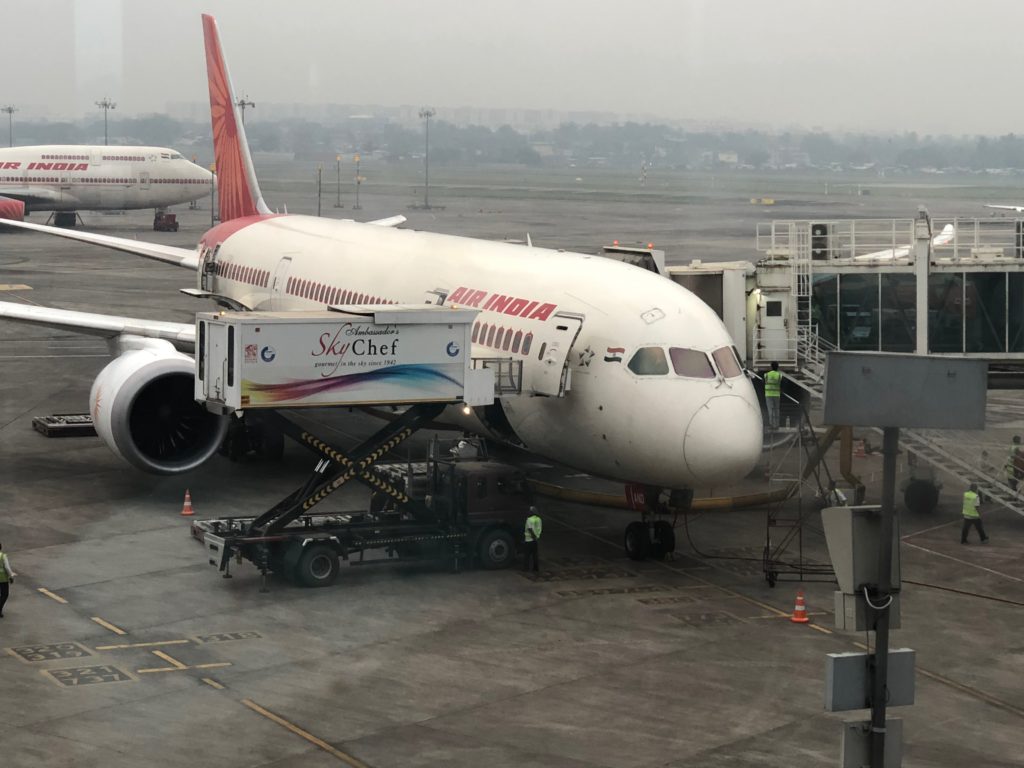The troubles for Boeing do not seem to end. With the 737MAX grounded for months and no clear re-entry date, wing component issues on the 737NG and also the 777X facing engine issues before its first flight, Boeing has a lot on its hand.
The 787s, which had teething issues earlier in their life cycle, were grounded for three months, January 2013-April 2013, following the battery overheating problem. Recently, there was an investigative story by the New York Times around production issues with the 787 at the Charleston plant.
Adding to this, USA’s Federal Aviation Administration (FAA) issued a new airworthiness directive (AD) for 87 787-8s and 787-9s operated by American carriers. According to the AD,
This AD was prompted by a determination that certain areas in the tire/wheel threat zones could be susceptible to damage, which could result in loss of braking on one main landing gear (MLG) truck, loss of nose wheel steering, and loss of directional control on the ground when below rudder effectiveness speed. This AD requires installing hydraulic tubing, a pressure-operated check valve, and new flight control software. We are issuing this AD to address the unsafe condition on these products.
This proposed AD would require installing hydraulic tubing, a pressure-operated check valve, and new flight control software. We are proposing this AD to address the unsafe condition on these products.
The new AD went into effect from June 6, 2019. According to Boeing’s spokesperson,
Boeing issued three service bulletins in 2017 and early 2018 to install new fixes for an identified issue with certain areas in tire/wheel threat zones that may be susceptible to damage. The FAA published an airworthiness directive (AD) mandating that 787 operators install hydraulic tubing, a pressure-operated check valve, and new flight control software. The mandate aligns with Boeing’s previous recommendation in two separate service bulletins to operators. Boeing’s recommendations are not binding on operators. Only a regulatory agency has the authority to require them. That is what the FAA’s rule does.
So Boeing had already recommended the fixes long back but it wasn’t binding on airlines to install the fixes. FAA has now made it compulsory for airlines in the USA operating the affected Dreamliners to install the new fixes.

Air India 787-8
According to the Times of India, 23 of the 27 787-8 operated by Air India are affected by this AD. A senior Air India official said that,
The FAA airworthiness directive (AD) has a service bulletin (SB) which gives us a list of components that have to be replaced. This SB gives us a five-year period to comply. We will not wait for five years and we will start right now. As soon as the spares come, we will start replacing and modifying the planes. We will give a complete schedule of C checks that need to be carried out for these 23 Dreamliners to Boeing and ask them to ensure that the spare parts that need to be changed are given to us in time for the same. We are now writing to Directorate General of Civil Aviation (DGCA) also on this issue.
Air India will incorporate the necessary fixes required when they conduct C checks on the 787-8s and no groundings of 787-8 will happen to comply with the AD as the 787-8 is perfectly safe to fly.
The Indian governmental regulatory body for civil aviation, DGCA, sprung into action only when the FAA issued the AD a few days back. I mean they could have taken the initiative to enforce this on Air India when Boeing themselves recommended the fixes before the FAA directive.


Leave a Reply